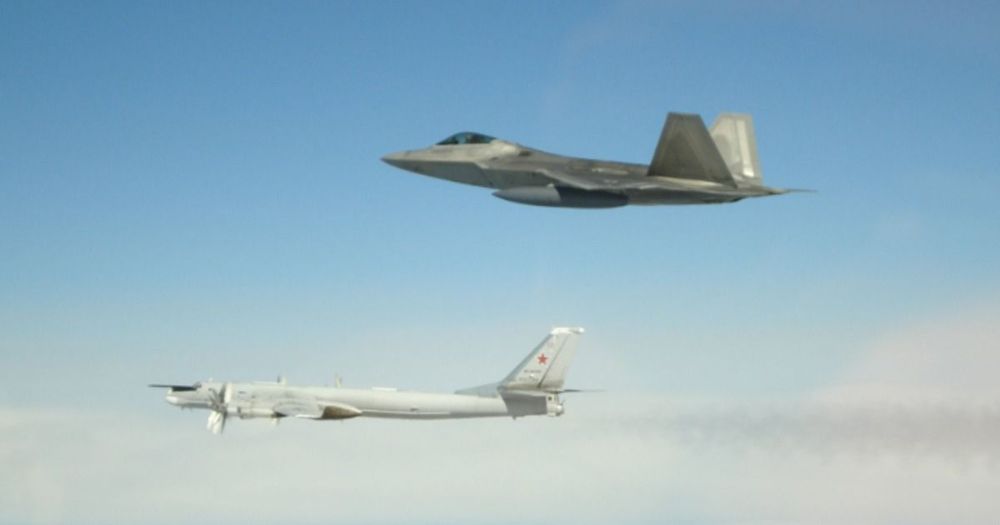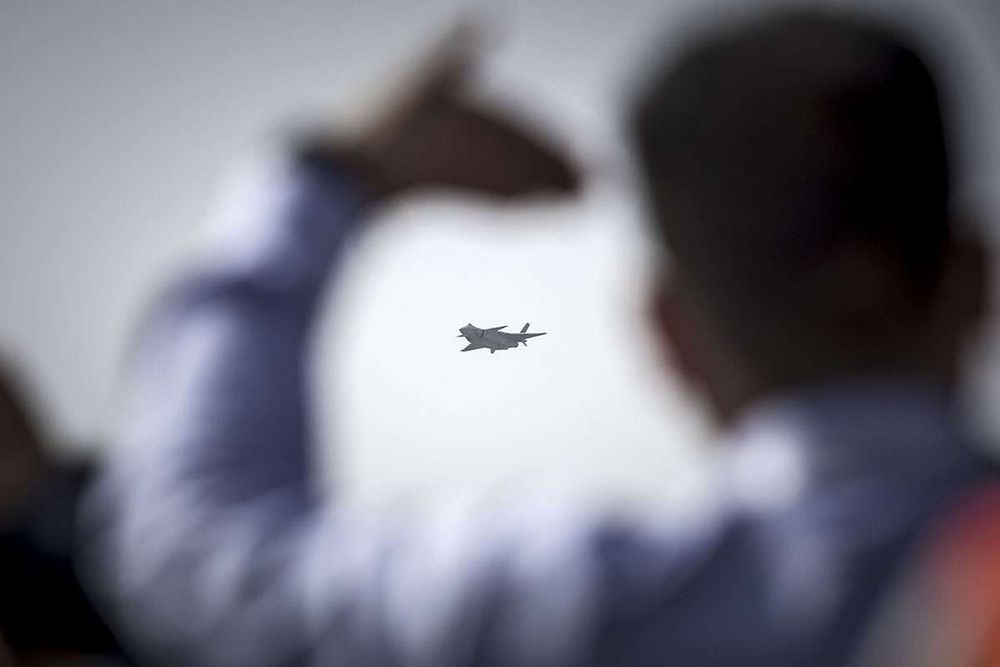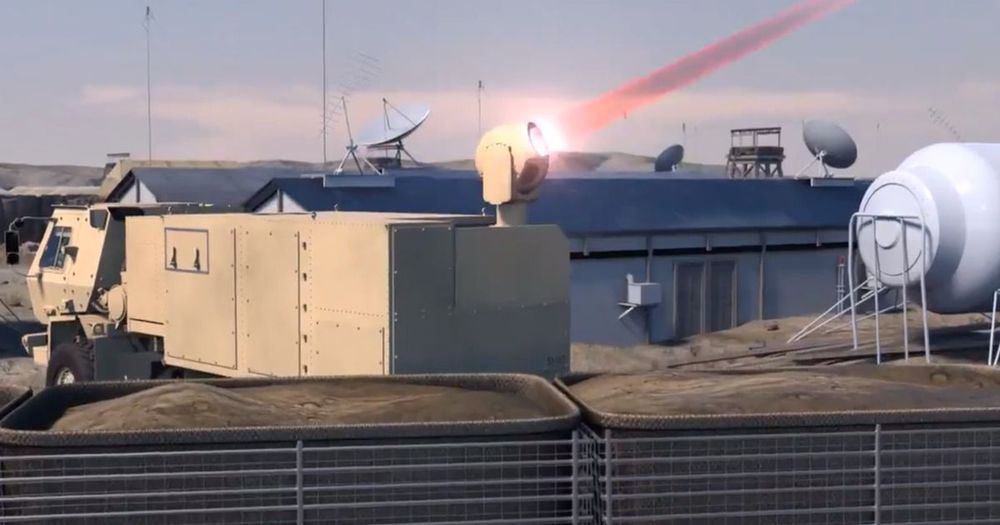uneasy
They never entered American or Canadian airspace, according to NORAD.


Governments are becoming ever more reliant on digital technology, making them more vulnerable to cyber attacks. In 2007, Estonia was attacked by pro-Russian hackers who crippled government servers, causing havoc. Cyber attacks in Ukraine targeted the country’s electricity grid, while Iran’s nuclear power plants were infected by malware that could have led to a nuclear meltdown.
In the US, president Trump recently declared a “national emergency” to recognise the threat to US computer networks from “foreign adversaries”.
Politically-motivated cyber attacks are becoming increasingly commonplace but unlike traditional warfare between two or more states, cyberwarfare can be launched by groups of individuals. On occasion, the state is actually caught in the crosshairs of competing hacking groups.
If you are a working, American adult, the 2 TR3Bs you see in this video are your taxpayer dollars floating around. That is technology that Americans have paid for but nearly everyone does not even know it exists, let alone benefit from it.
The TR-3B or also called “Black Manta” is a top-secret black project aircraft of the US Air Force. There is a lot of evidence for the TR-3B. Multiple sightings have been reported e.g. over Antelope Valley, a desert in California. This desert is well-known for the testing of “black project”-related aircraft. It is in close proximity of several military research centers, such as Edwards Air Force Base and Area 42.


Featuring a Russian spy murder, a self-immolation, gun-toting government thugs and other fanciful plot devices, “Project Blue Book,” History’s popular new series on the Air Force’s program to investigate and debunk U.F.O.s, is not your historian’s Project Blue Book.
We viewed the first six episodes from the standpoint of writers who have long worked on the serious side of U.F.O.s. We broke the December 2017 New York Times exclusive on a secret Pentagon program investigating the phenomenon, with our colleague Helene Cooper. Leslie Kean wrote the Times 2010 best-seller “U.F.O.s: Generals, Pilots and Government Officials Go On the Record.” Ralph Blumenthal has written about U.F.O.s for Vanity Fair as well as The Times.
So, despite the embellishments, we were interested to discover parallels between the TV version and the historical and current reality.


The good news is that America already possesses vast sensor networks, ranging from the depths of the oceans to the harsh bleakness of space, capable of collecting the requisite information. All that Congress need do at this juncture is to require the Secretary of Defense and the Director of National Intelligence to review the UAP issue and deliver a report providing a comprehensive assessment. This report should include not only an estimate of the situation but a description of the structure and processes required to ensure effective collection and analysis going forward.
Since 2015, dozens of Navy F-18 fighter jets have encountered unidentified aerial phenomenon (UAPs) — once commonly referred to as UFOs — off the East Coast of the United States, some not far from the nation’s capital. Encounters have been reported by other military aircraft and civilian airliners elsewhere in the U.S. and abroad, too, including videos shot by airline passengers.
What these UAPs were and who was flying them — whether friends, foes or unknown forces — remains a mystery. Yet careful examination of the data inevitably leads to one possible, disturbing conclusion: A potential adversary of the United States has mastered technologies we do not yet understand to achieve capabilities we cannot yet match.
It is long past time for Congress to discover the answers to those questions and to share at least some of its conclusions with the public.

In the future, I can say with very high degrees of confidence, the American Army is probably going to be fighting in urban areas. We need to man, organize, train and equip the force for operations in urban areas, highly dense urban areas, and that’s a different construct. We’re not organized like that right now.
– Gen. Mark A. Milley, Chief of Staff of the Army.

The wars of the future will be fought in megacities around the world by soldiers connected — and possibly even augmented — by neural implants and AIn this episode, we examine how military leaders are preparing for a radical shift in combat.
Looking for more episodes? Find them wherever you listen to podcasts.
Subscribe.